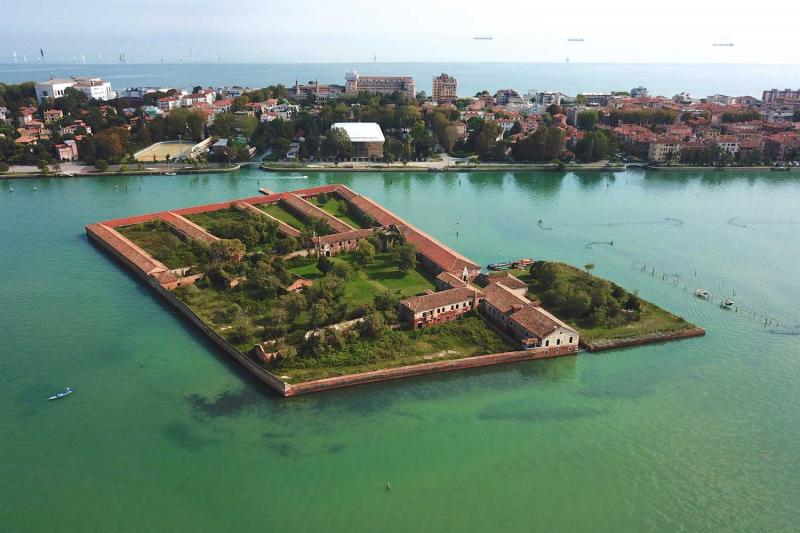Did you know the word ‘quarantine’ comes from Italy?
From Venice to be precise.
“The practice of quarantine, as we know it, began during the 14th century in an effort to protect coastal cities from plague epidemics,” writes the Center for Disease and Control Prevention.
In the mid-14th century, the bubonic plague, nicknamed ‘the Black Death’, ravaged Europe, killing an estimated 25 million people.
Venice, a maritime power and an important trading center was especially at risk, given the movement of people and goods.
Thus, “Ships arriving in Venice from infected ports were required to sit at anchor for 40 days before landing,” writes the CDC.
40 days in Italian is ‘quaranta giorni’, and that’s how the English word ‘quarantine’ is derived.
Then Venice went even further, at a time when public health officials did not understand viruses and bacteria. City officials designated one island in the lagoon, Lazzaretto Vecchio, to isolate and treat those with symptoms of the plague; and another island later on, Lazzaretto Nuovo, was designated for ships coming from plague-stricken places or with passengers and crew onboard suspected of being infected with the plague to stop and anchor for 40 days at the island before people and goods could be allowed into the city.
These initiatives are considered some of the world’s first anti-contagion measures.
Why was it decided on a 40 day-quarantine? The number 40 had great symbolic and religious significance in the Bible and for Christian believers in the Middle Ages. “When God flooded the Earth, it rained for 40 days and 40 nights, and Jesus fasted in the wilderness for 40 days”, writes history.com. In general, the number 40 is associated with the theme of testing, trials and judgment.
You can visit the Lazzaretto Nuovo by guided tour only. Tours run on weekends from April to October.














